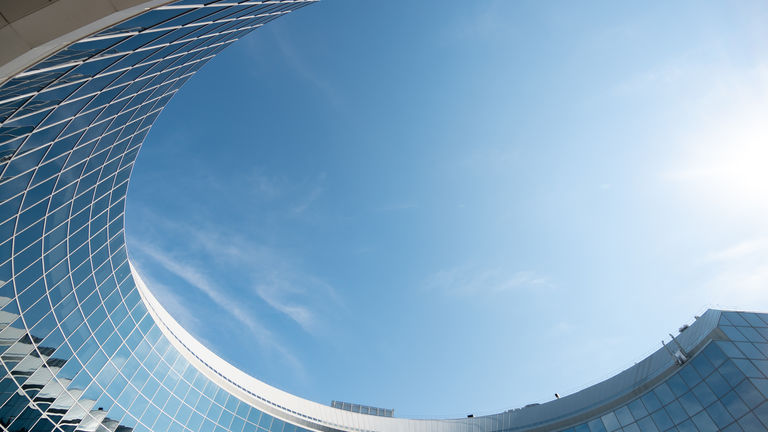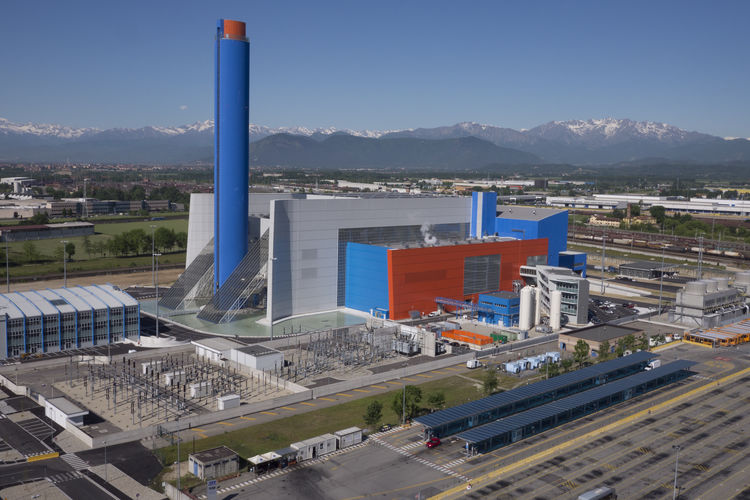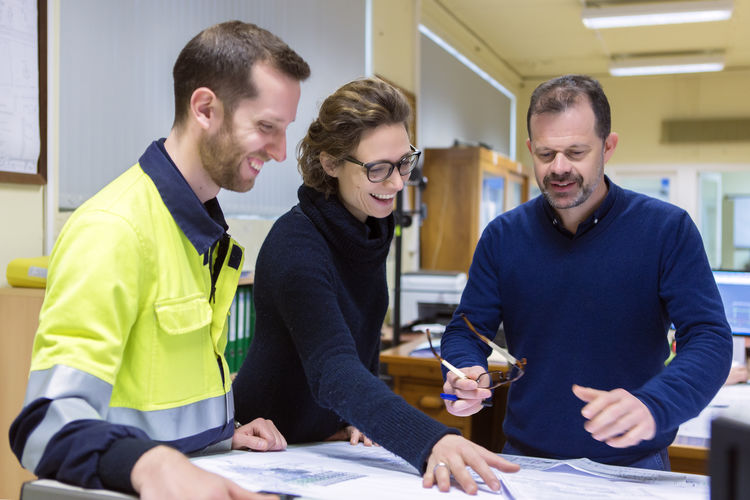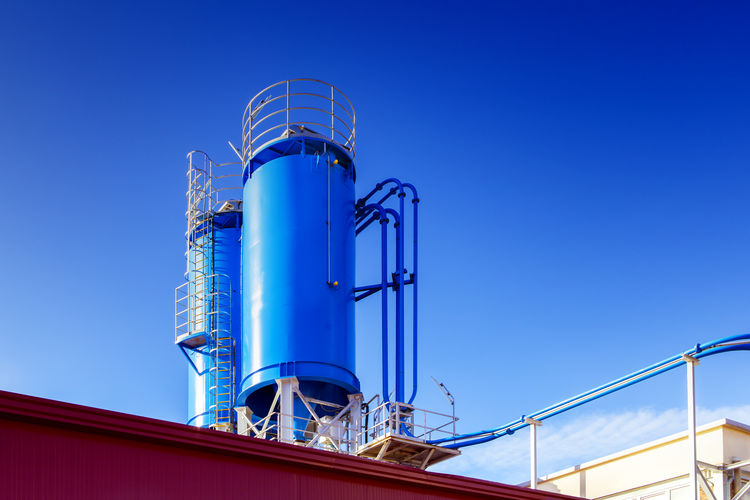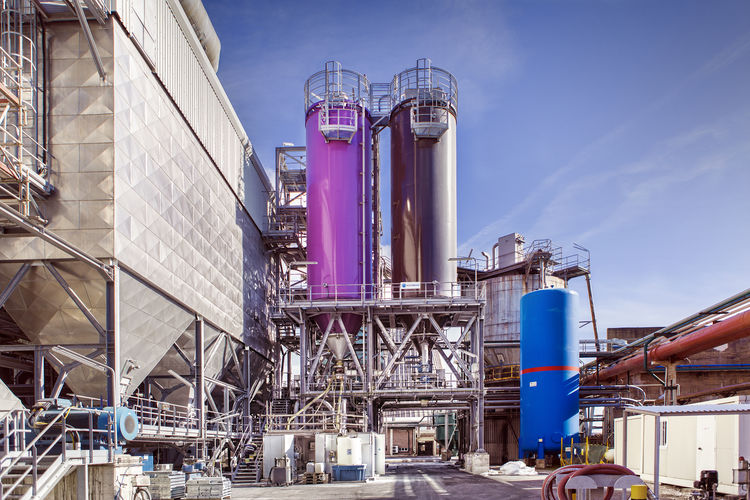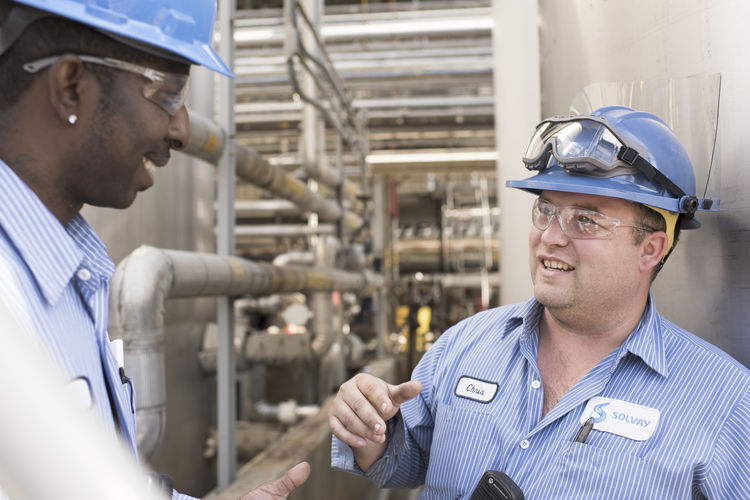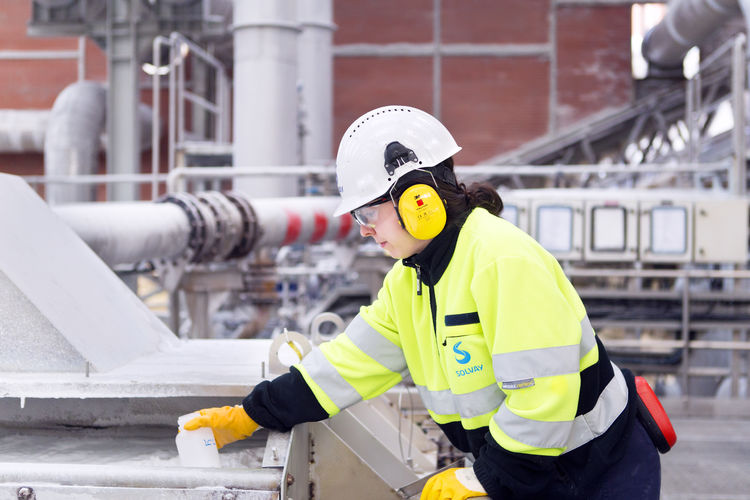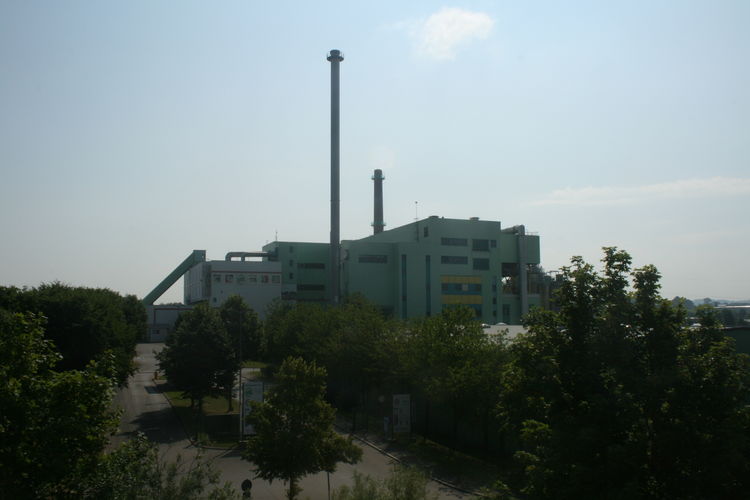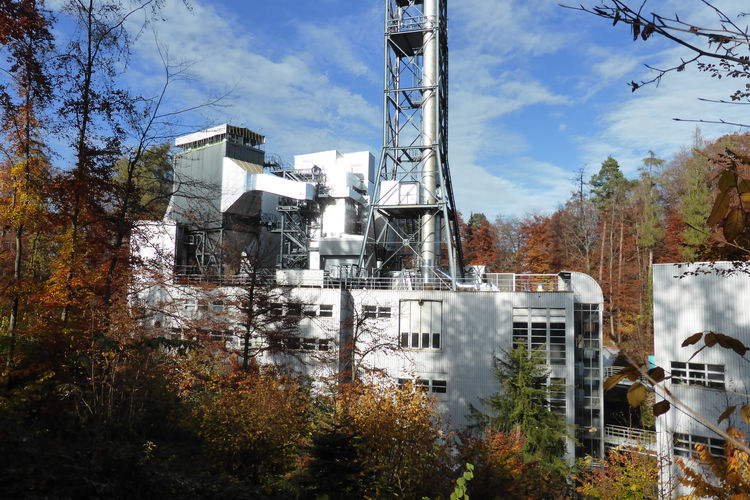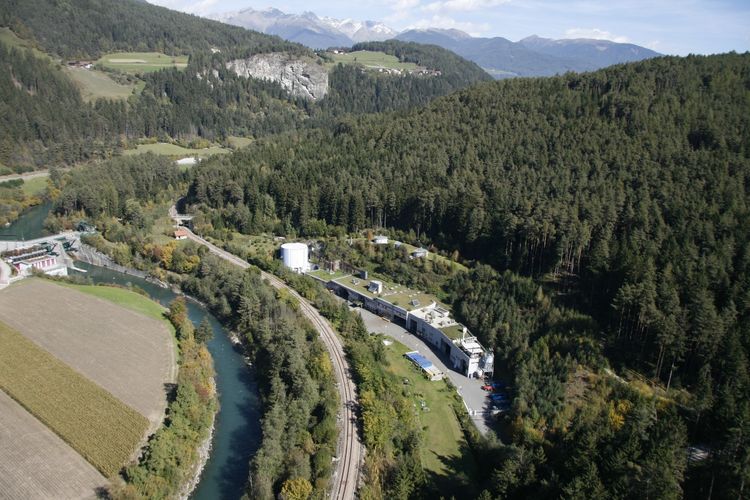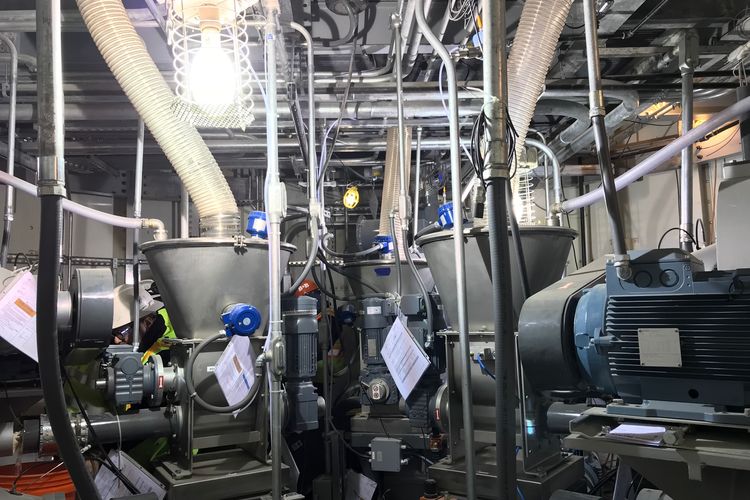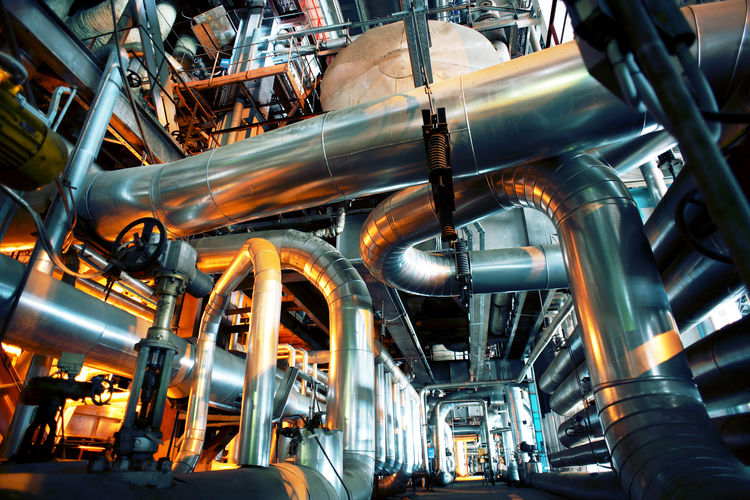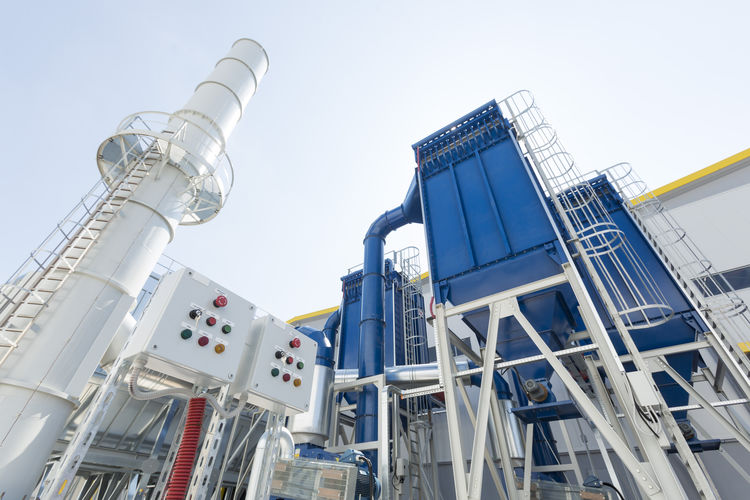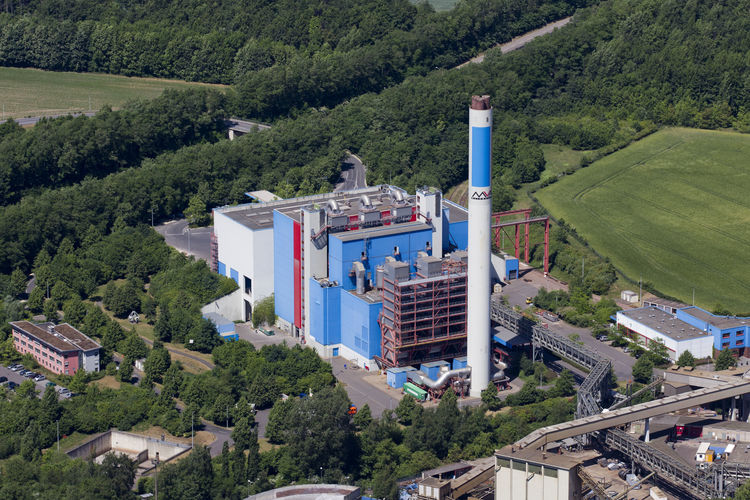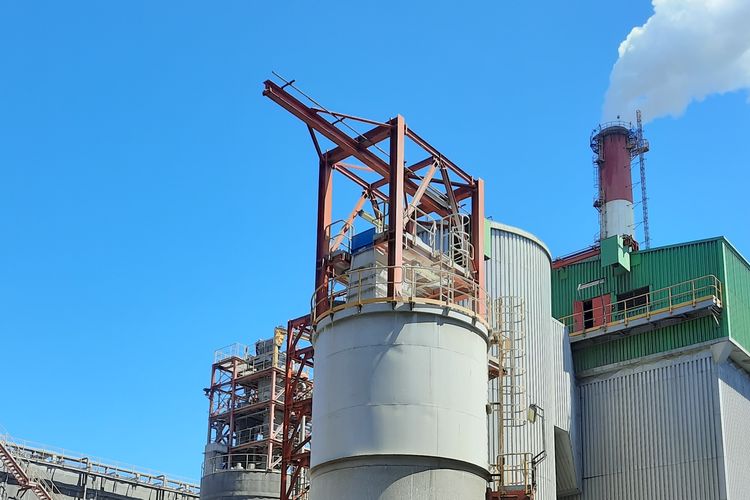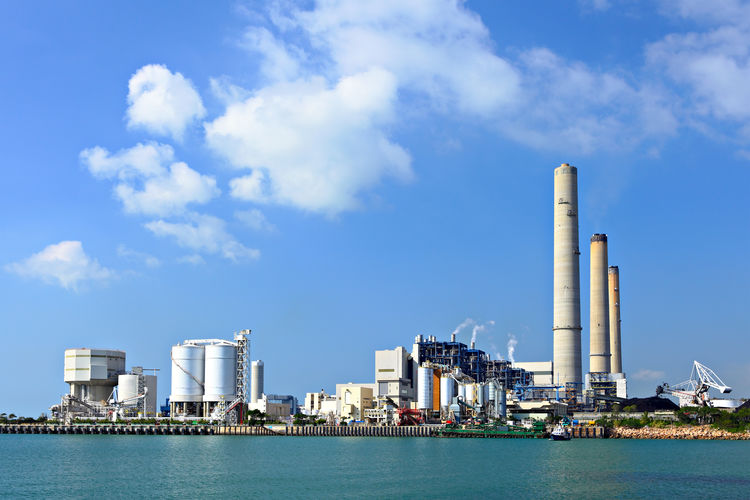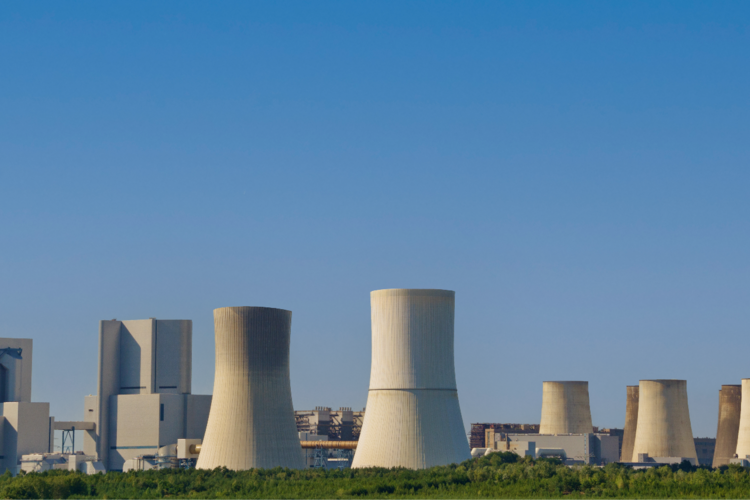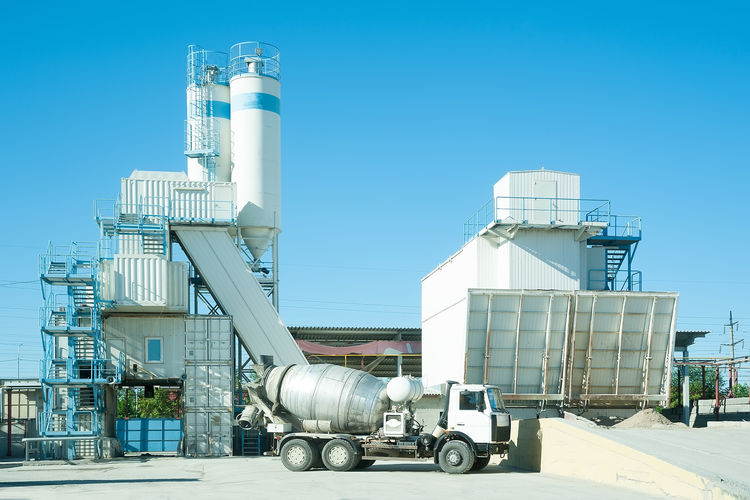Chilean Glass Company - Key Facts and Figures
- SO2 emissions from this container Glass producer were reduced from 157 mg/Nm3 to 63 mg/Nm3 thanks to SOLVAir® removal efficiency by injecting dry SOLVAir® sorbent in front of the ESP.
- Optimized reagent consumption to achieve the required SO2 removal of 60%.
- Operational cost savings by producing less sodium based residues (sodium sulfate - Na2SO4) and enabling the possibility to reuse them in the glass production.
| Parameter | FGC with SOLVAir® |
| Raw gas: SO2 in (mg/Nm3, 11%O2, dry) | 157 |
| Clean gas: SO2 out (mg/Nm3, 11%O2, dry) | 63 |
| SO2 removal rate (%) | 60 |
| Stoichiometric Ratio* | 1.13 |
| Reagent consumption (kg/h) | 37 |
| Residue generation (kg/h) | 30 |
*SR defined as dividing the real sorbent injection rate by the stoichiometric required sorbent to neutralize all acid gases in flue gas.
The Client’s Needs: Maintaining Performance with Flexible Supply
This case study highlights the successful use of SOLVAir® sodium bicarbonate as a solution for a Chilean glass container company. The client required a great reagent performance while enjoying the flexibility of supply that SOLVAY can offer: SOLVAir® reagents can be delivered from both Europe and the United States.
How SOLVAir® Helped this Chilean Glass Company
SOLVAir proposed to use SOLVAir® S350, a sodium bicarbonate based, pre-milled and ready-to-use product. SOLVAir® S350 is made to very tight specifications and enhances acid removal performance when used in a properly designed injection system. It has been used in multiple industrial customers and in different industries. It also has the advantage of flexible supply from multiple plants in Europe and the USA.
Benefits for this Chilean Glass Company
Dry Sorbent Injection with sodium based reagents: optimal consumption, recycling residues as raw material
By usingSOLVAir® S350, the client could respect the required SO2 emission limits, achieving great performance results: only 13% of overconsumption (RS = 1.13) and minimal generation of Air Pollution Control residues (1kg of reagent consumed generates 0.8kg of Na2SO4 residues).
Additionally, choosing a sodium based reagent like sodium bicarbonate, enables the recirculation of the sodium residues (Na2SO4) back into the glass furnace as a raw material
Reduced Emissions to Atmosphere
The use of SOLVAir® reduced SO2 emissions from 157 mg/Nm3 to 63 mg/Nm3 allowing the plant to be well below the requested Emission Limit Value of 200 mg/Nm3 (11%O2, dry). This glass company chose to reduce emissions beyond what is requested by regulation to be in line with their own environmental policies.
This change demonstrated the flexibility and efficiency of our products, as well as our ability to supply from different parts of the globe.
Legislation Requirements
200 mg/Nm3 @ 11% O2
